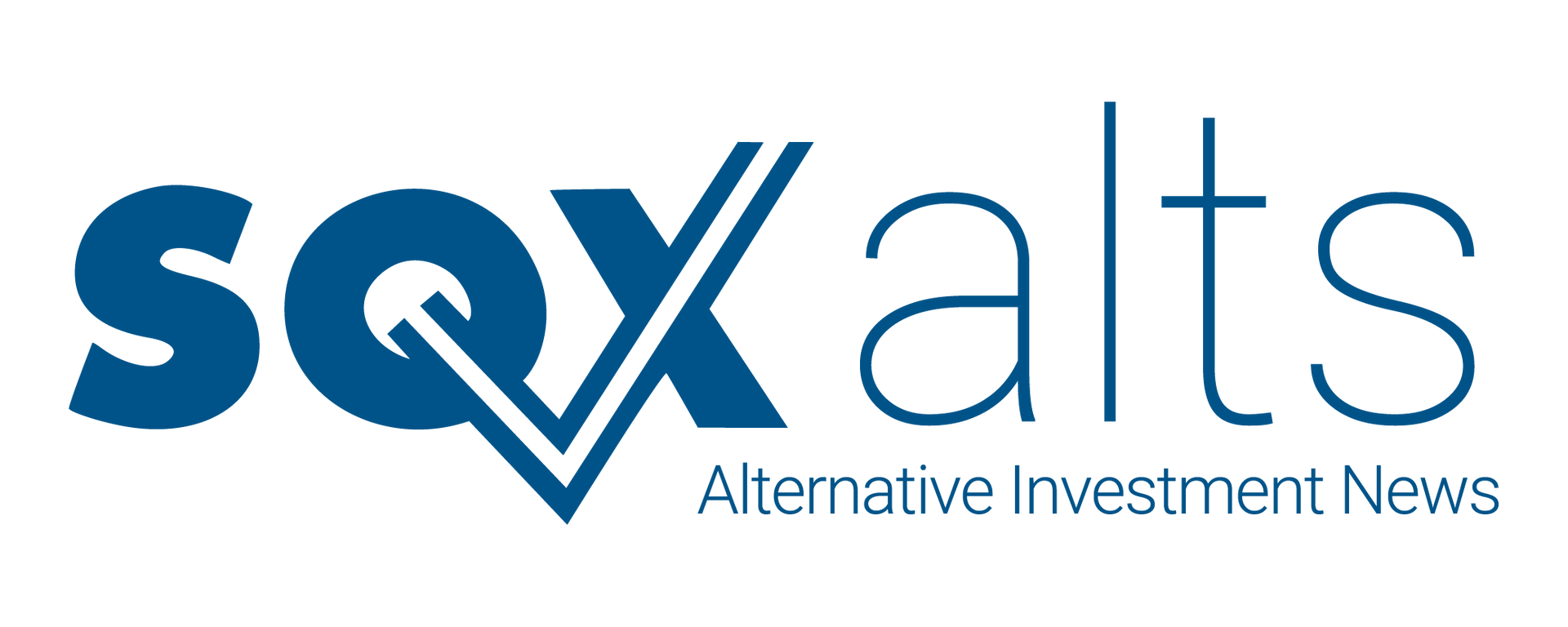Man-AHL Fund Posts Modest 2024 Gains
Despite a challenging investment landscape, the quantitative-driven fund returned to profitability after a 2023 loss.
March 24, 2025

2024 in Review: A Return to Positive Territory
Man-AHL Diversified I L.P. closed out 2024 with a small but positive gain, marking a rebound after last year’s loss. The fund reported $1.37 million in net income for the year, compared to a $4.2 million loss in 2023. While performance turned the corner, overall assets dropped to $77.7 million, down from $88 million, as redemptions continued to outpace new inflows.
This strategy is run through a master-feeder structure and managed by Man Investments (USA) Corp. All trading is executed by AHL Partners LLP, the systematic trading advisor behind the fund. The goal: generate capital growth by capturing trends across global futures, options, swaps, and other derivatives. Positions are built using models driven by historical market data and implemented with a high degree of automation.
Throughout 2024, the program leaned into its core strengths—diversification, consistency, and scale—but still had to navigate a market filled with volatility and reversals. The strategy is designed to work across different environments, but when markets churn without clear direction, returns can come under pressure.
A Mixed Year Across Markets
Equities contributed to returns during several parts of the year. Gains were strongest in Japanese and Taiwanese indices early on. Later in the year, positions in Canadian and European indices helped offset losses from small-cap U.S. and select Asian markets. Still, not every equity trade worked—long positions in August and December weighed on performance.
Credit exposures followed a similar arc. Long positions in U.S. and European high-yield indices delivered value during positive stretches, but widened spreads and shifting sentiment created headwinds, especially late in the year. The fund’s fixed income trades moved between short and long exposures throughout the year, adjusting to policy expectations and yield curve shifts.
Commodities were another area of opportunity and risk. Positions in U.S. natural gas and oil delivered both gains and losses, depending on timing. Metals trading found traction through long positions in cocoa and short positions in soybeans, while energy and agricultural trades swung sharply month-to-month.
Currency trading added to the fund’s volatility profile. Long U.S. dollar positions helped at times, especially against the yen and Swiss franc. But softness in the dollar during other periods led to losses—particularly when exposure to the New Zealand dollar or Chilean peso moved against the models.
How the Fund Is Structured
The fund charges an annual management fee of 2% and an administrative fee of 1% on Class A-1 and B-1 units. An incentive fee of 20% applies if the fund generates new appreciation, though no incentive fees were paid in 2024. Man Investments Inc. serves as the placement agent and receives a 1% servicing fee, with certain share classes subject to upfront sales commissions.
Man-AHL Diversified I L.P. is a feeder fund and invests substantially all of its assets into the Man AHL-Diversified Trading Company L.P. The trading company executes trades across markets using proprietary, model-based systems. The strategy is designed to identify market inefficiencies, using real-time price data to respond as trends develop.
Leverage, Margin, and Risk Management
The strategy is systematic but relies heavily on leverage. About 26% of the fund’s capital was used for margin on open positions at year-end. Currency and credit sectors held the largest margin allocations.
To manage risk, the trading models constantly adjust exposures based on volatility and market correlations. The system monitors a wide range of risk indicators—including value-at-risk, sector-level exposures, and liquidity—to keep the portfolio aligned with market conditions. Trading spans across approximately 250 global markets and uses varying timeframes, from intraday moves to longer-term trends.
One area called out in the filing: the risk associated with model-driven execution. Systematic trading depends on clean data and well-functioning infrastructure. Errors in input data or model logic—referred to as “system events” —can lead to missed trades or unexpected outcomes. While the advisor has checks in place to mitigate these issues, they remain part of the overall risk landscape.
Fund Flows and Unit Performance
In the final quarter of 2024, no new capital came into the fund, and redemptions totaled roughly $2.2 million. Across the full year, redemptions outpaced new investments by $11.8 million, contributing to the decline in assets under management.
As of December 31, 2024, the fund had 485 investors across its various share classes. The Net Asset Value (NAV) of Class A-1 and Class B-1 units increased slightly, finishing the year at $4,868.88 and $4,868.67, respectively. Class A-2 units, which have a different fee structure, rose to $5,931.78.
Cybersecurity and Operational Resilience
The fund’s general partner highlighted its cybersecurity framework as part of ongoing risk oversight. Processes include internal audits, third-party testing, regular phishing simulations, and a dedicated Security Operations Center. While the fund experienced attempted breaches in the past, none were reported to have impacted its operations or financial position.
Employees receive annual cybersecurity training, and the general partner actively monitors third-party vendors for potential vulnerabilities. These controls are part of a broader effort to maintain secure operations in an increasingly complex technology environment.
Looking Ahead
The AHL Diversified Program continues to trade systematically across global markets, aiming to identify and capture emerging trends. While performance turned positive in 2024, the fund’s results reflected the complexity of today’s investment environment—where macro shifts, regulatory changes, and market dynamics all move fast.
Investors in systematic strategies like Man-AHL’s are counting on speed, discipline, and robust risk controls. As 2025 unfolds, how the models adapt to new trends—and how the systems execute on them—will shape what comes next.


